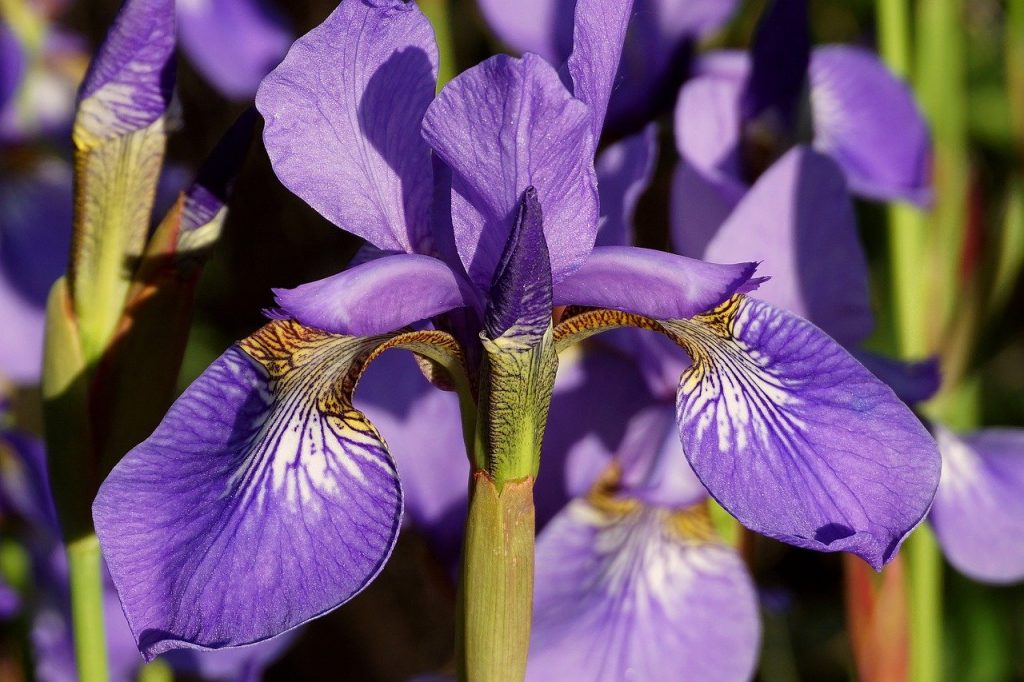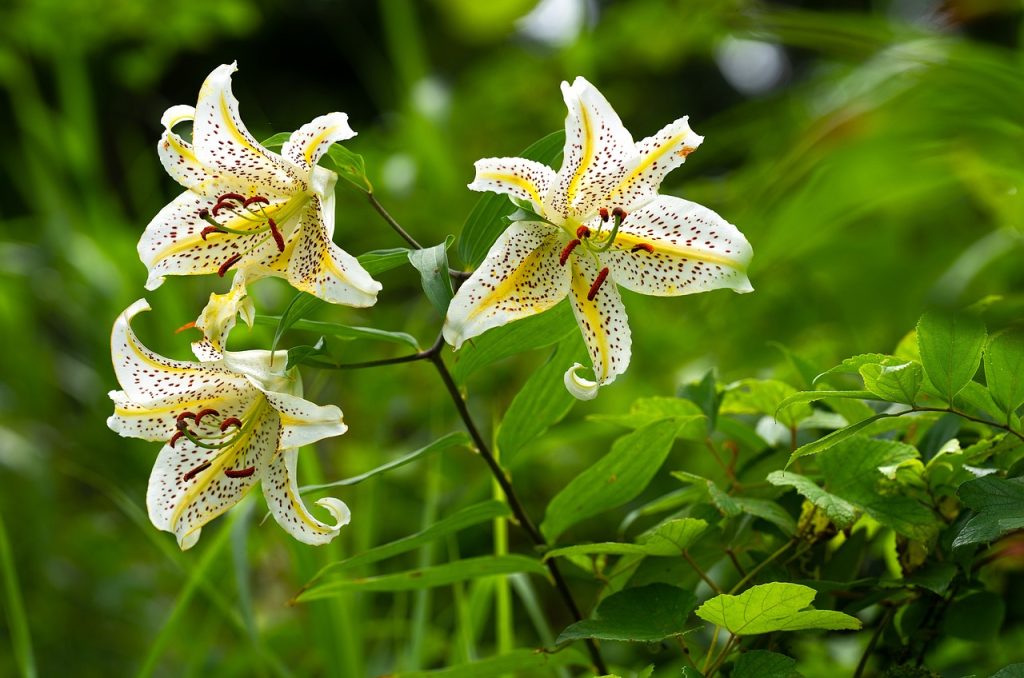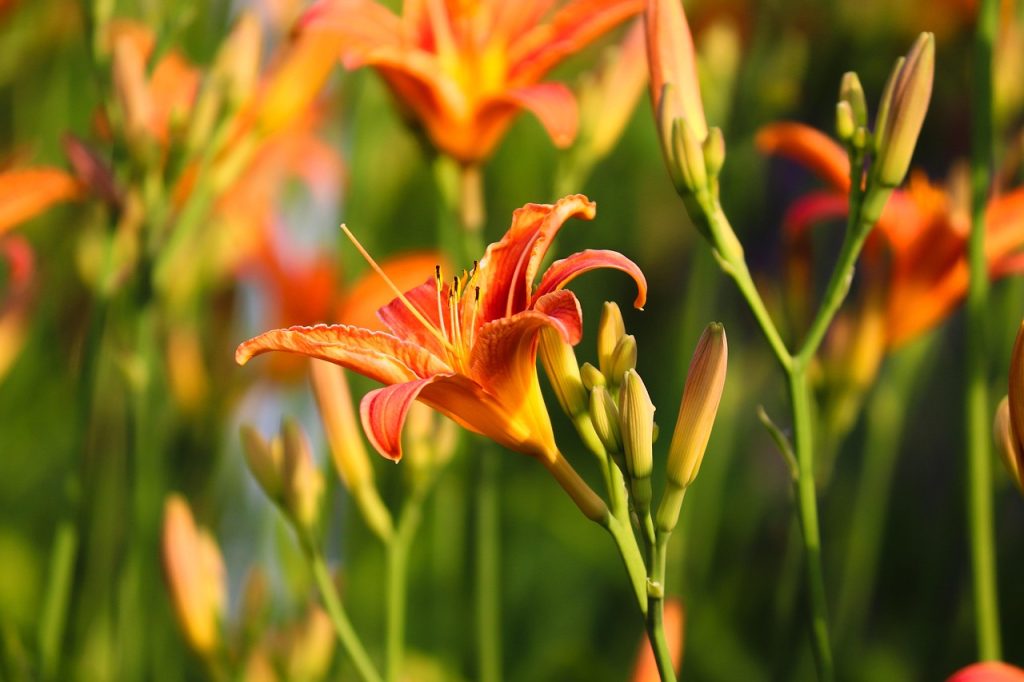The English Ivy (Hedera helix) is one of the most timeless and versatile plants, admired for its lush green leaves and ability to climb, trail, and purify the air. Whether you want to drape it across your living room shelves or let it climb a garden wall, It is an excellent choice for both indoor and outdoor spaces.
This complete guide will walk you through everything you need to know about English Ivy care, including growth habits, watering, pruning, propagation, and how to keep it healthy year-round.

What Is English Ivy?
English Ivy is a classic evergreen vine native to Europe and Western Asia. It belongs to the Araliaceae family and is loved for its hardy nature and beautiful, glossy leaves that can range from deep green to variegated cream and yellow.
It’s a fast-growing plant that can climb up walls, fences, and trellises using small rootlets. Indoors, it’s often grown in hanging baskets or as tabletop decor, where its cascading vines add elegance to any setting.
Benefits of Growing English Ivy
Growing English Ivy isn’t just about beauty—it also brings practical benefits:
- Air purification: NASA’s Clean Air Study lists English Ivy as one of the top plants for removing toxins like formaldehyde, benzene, and xylene.
- Low maintenance: Once established, Ivy requires minimal care.
- Versatile growing style: Perfect for both indoor pots and outdoor landscapes.
- Decorative charm: Works as ground cover, wall climber, or trailing indoor plant.
English Ivy Care Guide
Let’s explore the ideal growing conditions and maintenance tips for your English Ivy plant.
1. Light Requirements
- Indoors: Prefers bright, indirect sunlight. Too much direct light can scorch the leaves.
- Outdoors: Thrives in partial to full shade. It can tolerate some sun in cooler climates.
Tip: Variegated varieties need more light than solid green ones to maintain their leaf color.
2. Watering
Consistency is key. It likes evenly moist soil but hates soggy roots.
- Water when the top inch of soil feels dry.
- In summer, you may need to water more frequently.
- During winter, reduce watering as growth slows down.
Warning: Overwatering leads to root rot, a common problem for indoor Ivies.

3. Soil Type
Use well-draining soil with good aeration. A mix of potting soil, perlite, and peat moss works perfectly.
Ideal pH: Slightly acidic to neutral (6.0–7.5).
4. Humidity and Temperature
English Ivy enjoys cool to moderate temperatures (50°F–70°F).
- Average indoor humidity is fine, but the plant thrives with slightly higher humidity.
- In dry climates or during winter heating, mist the leaves occasionally.
5. Fertilizing Hedera helix
Feed your plant with a balanced liquid fertilizer once a month during spring and summer.
- Avoid over-fertilizing, as it can cause leggy growth.
- Pause feeding in fall and winter when growth slows.
6. Pruning and Maintenance
Pruning keeps your English Ivy healthy and attractive.
- Trim long vines to encourage fuller growth.
- Remove yellow or damaged leaves regularly.
- You can shape it easily for decorative purposes or to control spread outdoors.
7. Repotting
Repot every 1–2 years or when roots start to outgrow the container.
- Choose a pot one size larger with good drainage.
- Spring is the best time for repotting.
8. Propagation
It is easy to propagate through stem cuttings:
- Cut a healthy vine 4–6 inches long with several leaves.
- Remove the lower leaves and place the cutting in water or moist soil.
- Roots will appear in 2–3 weeks. Once rooted, transfer it to a pot or garden bed.
9. Common Problems and Solutions
| Problem | Cause | Solution |
|---|---|---|
| Yellow leaves | Overwatering | Let soil dry between watering |
| Dry brown tips | Low humidity | Mist leaves or use a humidifier |
| Pests (spider mites, aphids) | Dry air or poor airflow | Wipe leaves and spray neem oil |
| Leggy growth | Insufficient light | Move to brighter indirect light |
Indoor English Ivy Care Tips
- Place it on a shelf or hanging basket for cascading beauty.
- Keep it near a bright window but out of harsh sunlight.
- Rotate the pot weekly to ensure even growth.
- Clean the leaves regularly with a damp cloth to remove dust.
Outdoor English Ivy Care Tips
- Ideal for covering walls, fences, and garden ground.
- Prune regularly to prevent it from becoming invasive.
- In cold regions, mulch the roots to protect them from frost.
- Avoid planting near delicate surfaces—it can cling tightly to brick or wood.

Is English Ivy Toxic to Pets?
Yes, English Ivy is toxic to cats and dogs if ingested. It can cause vomiting, drooling, and abdominal pain.
Keep it out of reach of pets and small children.
Varieties of Ivy
Here are some popular types you can grow:
| Variety | Description |
|---|---|
| Hedera helix ‘Glacier’ | Silvery-green leaves with creamy edges |
| Hedera helix ‘Gold Child’ | Golden-yellow variegation |
| Hedera helix ‘Needlepoint’ | Small, sharply pointed leaves |
| Hedera helix ‘Ivalace’ | Curly, glossy leaves ideal for hanging pots |
English Ivy in Home Décor
English Ivy adds a natural, calming charm to interiors:
- Hang it in a macrame basket for a boho vibe.
- Let it trail from floating shelves.
- Combine it with ferns or pothos for a lush green corner.
- Train it around a wire topiary frame for a decorative look.
FAQs
Water once the top inch of soil is dry—usually every 5–7 days.
No. It prefers bright, indirect light. Too much sun can burn the leaves.
Yes, It can grow in water for several weeks, but it’s best transferred to soil for long-term health.
Overwatering or poor drainage is the most common cause.
Yes, it’s cold-hardy in USDA zones 4–9. Mulching the base helps protect roots during frost.
Final Thoughts
The English Ivy is an iconic plant that blends beauty with resilience. Whether it’s climbing a garden wall or trailing gracefully from a windowsill, it enhances any space with timeless greenery. With simple care—moderate watering, indirect light, and occasional pruning—you can enjoy a vibrant, thriving ivy all year round.
Bring a touch of classic elegance to your home or garden with the evergreen charm of English Ivy.